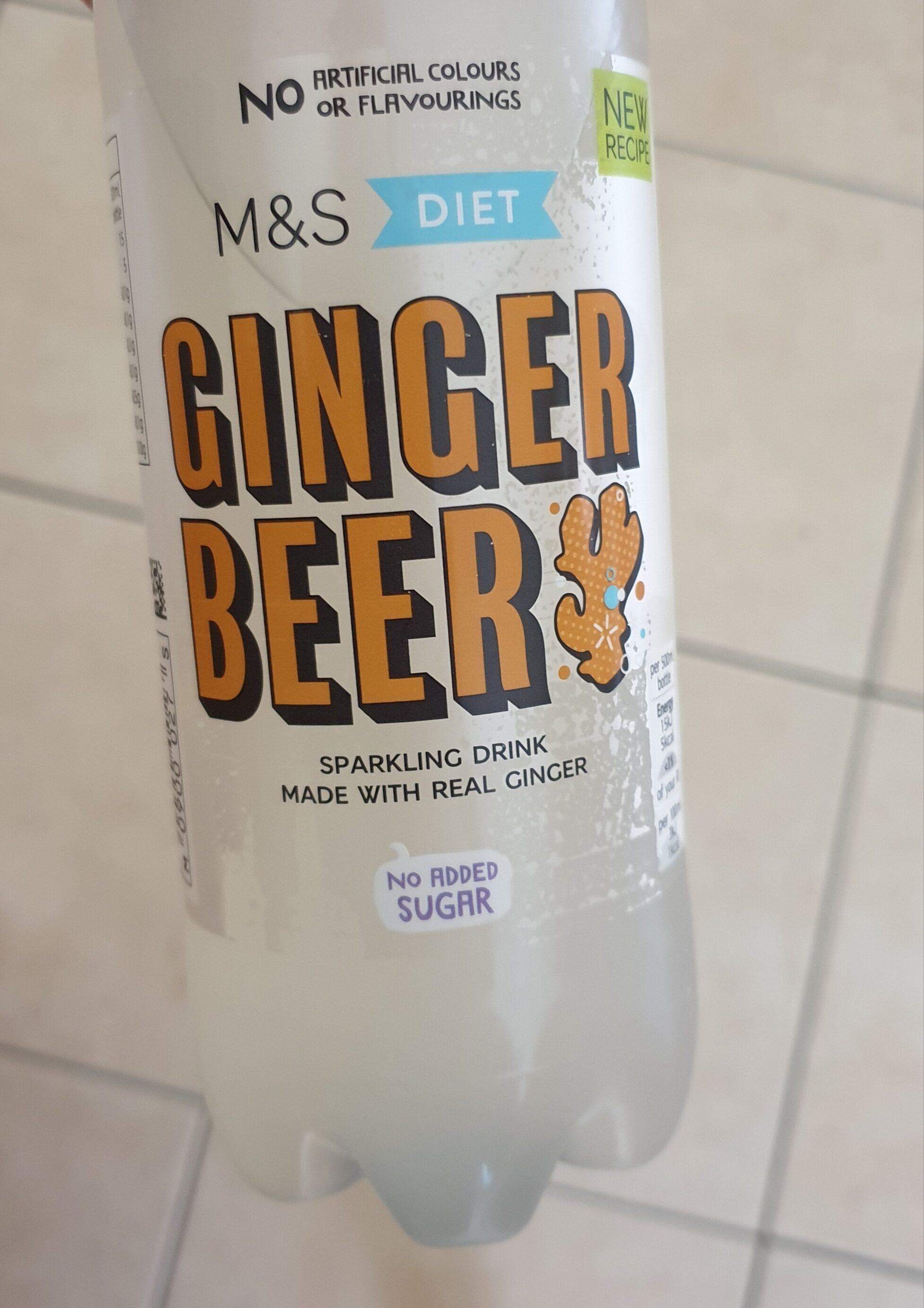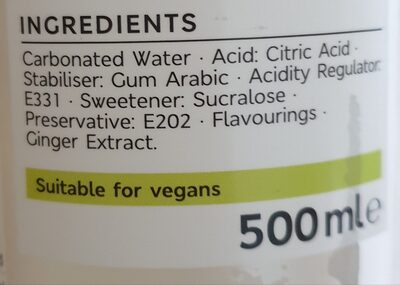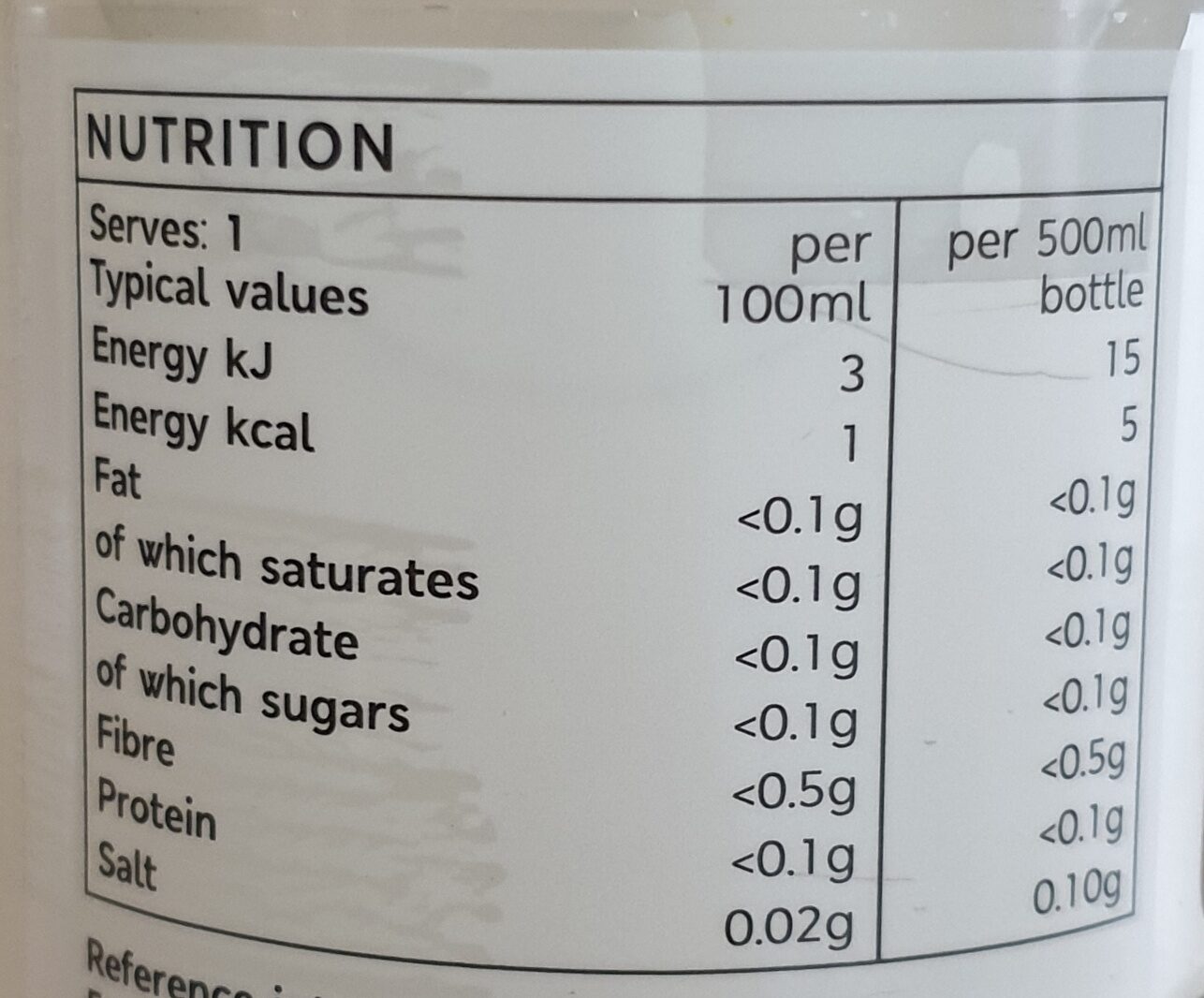Diet sparkling fiery ginger beer - Marks & Spencer - 500 ml
Ambiguous barcode: This product has a Restricted Circulation Number barcode for products within a company. This means that different producers and stores can use the same barcode for different products.
×
Barcode: 00900027
Quantity: 500 ml
Packaging: Pet-bottle
Brands: Marks & Spencer, Marks and Spencer, M&S
Categories: Beverages, Carbonated drinks, Artificially sweetened beverages, Sodas, Diet beverages, Non-alcoholic beverages, Diet sodas, Non-alcoholic beers, Ginger beer
Labels, certifications, awards: Vegetarian, No artificial flavors, Vegan, No added sugar, No artificial colors, No artificial colours or flavours
Origin of ingredients: United Kingdom
Manufacturing or processing places: United kingdom
Traceability code: LB60230501
Link to the product page on the official site of the producer: http://www.marksandspencer.com
Stores: Marks & Spencer
Countries where sold: France, United Kingdom
Matching with your preferences
Report a problem
Data sources
Product added on by openfoodfacts-contributors
Last edit of product page on by annamay88.
Product page also edited by jajaja, kiliweb, roboto-app, sheryl, swipe-studio, tacite-mass-editor, teolemon, yuka.WHEwbkxyWWhnK2s3cXZFUzR5ak95Tng3emJ5UlFIeU5NZlFiSVE9PQ, yuka.YUlzUEY2UXY5dnNEdHZJRjcwek53dlJGeGMveFYxbXZGZlVnSVE9PQ, yuka.Yll4Zk5vY00vOFFxdXZJTTF4blgyY053eG82RlpqcXdDYk1RSWc9PQ, yuka.sY2b0xO6T85zoF3NwEKvlmhbAvj_jxn4JyXUkF-infyUE5vweN9b_oLGEKs.











